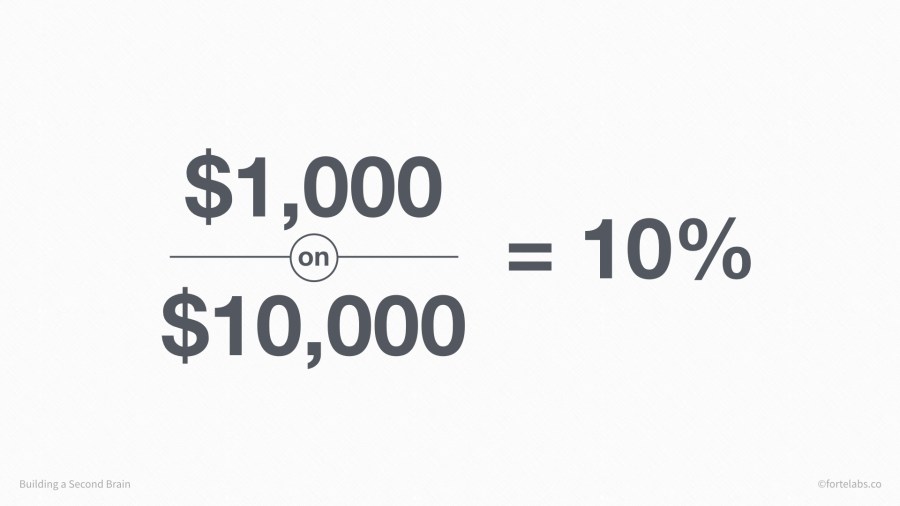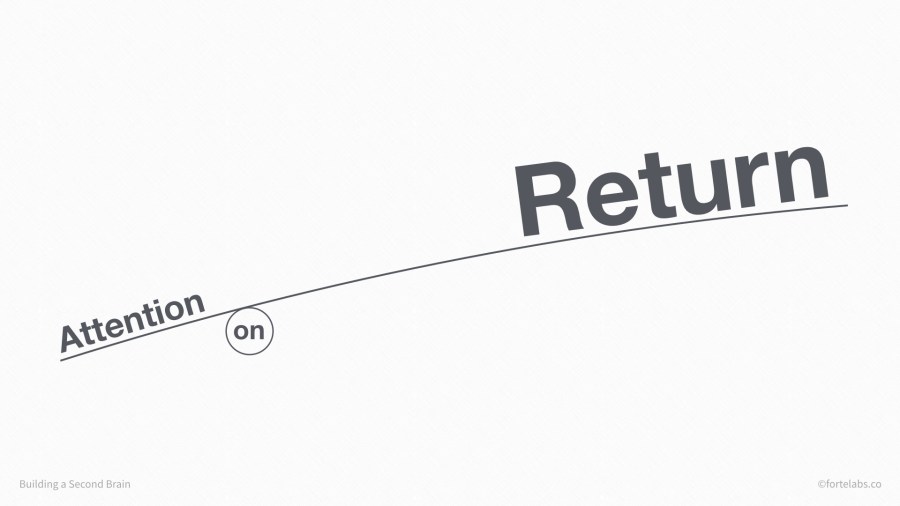
Technology has transformed every aspect of business, from the tools we use to communicate and collaborate, to how products and services are built and delivered, to how we conceive of organizations and communities.
But it hasn’t yet transformed the heart of how we manage and execute work – project management (PM).
A new paradigm for project management in the digital age has a few requirements:
- Digital-native, not only allowing but assuming that most work will be completed using digital technology and online
- Explicitly enable knowledge workers, who are no longer an exotic curiosity, but the dominant economic force in the world
- Thrive in the face of uncertainty and change, not only surviving but excelling in the face of the VUCA (volatility, uncertainty, complexity, and ambiguity) we find ourselves working in every day
- Accommodate any team or organizational structure, adding value regardless of whether a project is being completed by a single freelancer, a team of contractors, across organizational boundaries, or by traditional employees
- Leverage emerging digital technologies, remaining open to and expecting new capabilities to become available regularly
- Operate through and within networks, taking advantage of existing platforms and ecosystems to learn and move faster
- Integrate deeply with learning, making continuous improvement synonymous with work itself
- Assume remote collaborators, capitalizing on the advantages of distributed teams while neutralizing their disadvantages
- Maximize return-on-attention, explicitly recognizing that attention is our most valuable resource
These are the requirements I’m committed to fulfilling over the course of this series. Let’s begin by defining the key metric of Just-In-Time Project Management (JITPM): Return-on-Attention.
THE FALL OF RETURN-ON-INVESTMENT
By the 1950s, American automaker General Motors had become the largest company in the world¹. Its methods were studied and copied by industrial corporations around the world, becoming the first widespread use of “systematic management.”
Of all the new practices that GM developed, the most influential has been Return-on-Investment (abbreviated as ROI).
The logic is straightforward: any given project has a required input (or investment), and an expected output (a return). We’ve all heard that “It takes money to make money.” By dividing the return by the investment, we get Return-on-Investment, a very simple metric that tells us “what came out” in terms of “what went in”:
If I invest $10,000 into a project and it returns $11,000, that project had an ROI (Return-on-Investment) of 10% (the profit of $1,000 divided by the original investment of $10,000). It doesn’t matter how big or small a project is, how short or long it takes, or how it gets paid back. As long as it can be boiled down to inputs and outputs, we can arrive at a single number called ROI.
ROI transformed business decision making for one reason: it allowed executives to compare different projects to each other directly.
This was extremely important in 1950s America: it was a land of seemingly unlimited abundance and opportunity. Even GM couldn’t invest in every project, so it needed a quick but effective method for choosing which ones to commit to at every level of the company.
But times have changed, and it’s no longer a matter of picking the lowest hanging fruits in an economy growing by double digits every year. Every industry is hypercompetitive, and opportunities need to be created, not simply chosen. Now we need to nurture promising projects, products, and situations to profitability.
But it takes an incredible amount of sustained attention to see a project through to completion. Especially as we are besieged by distractions on all sides, and new and “better” opportunities seem to come along every five minutes.
Like time, the supply of attention is finite. But unlike time, we don’t automatically get 24 equal units every day. With the rise of social media and freemium business models, our attention is increasingly a resource that can be mined by anyone. If we don’t spend it on projects of our own choosing, there are many others all too willing to invest it in their own.
THE RISE OF RETURN-ON-ATTENTION
ROA is the most relevant metric for the digital age, because it recognizes that attention is by far the scarcest resource we possess as knowledge workers.
The impact or success of our work increasingly has nothing to do with how much time or money we spend on it. As industry after industry is “eaten” by software, they each become “winner take all”: a tiny minority who are able to leverage technology get nearly all the exposure and profits, while everyone else can barely make ends meet.
Projects have become non-linear – not simply a sum of the time and dollars spent on them, but complex emergent phenomena we can barely understand or control. Because understanding them takes just as many units of attention as acting on them, it makes more sense to plunge in with exploratory actions, instead of trying to predict what will happen in advance.
The question of how to manage projects is now the question of how to optimize the quantity AND quality of the attention we deploy each day. Our success depends on continually finding new sources of leverage, that is, higher and higher “returns” on this attention.
KNOWLEDGE MANAGEMENT IS PROJECT MANAGEMENT
The challenge of modern work is how to create systems that free up attention, instead of consuming more of it.
In other words, we need systems for managing our attention that produce value now, not eventually. We can’t be “investing” our most valuable asset today in hopes of a distant future that may never come.
Personal knowledge management (PKM) is the key capability in modern work, because it allows us to continuously make use of attention we’ve already deployed. But for it to be viable in the short term, PKM must also be integrated into how we manage day-to-day projects.
Changing how we manage projects today is how we can free up the time and attention to invest in managing our knowledge for tomorrow.
Follow us for updates on Twitter, Facebook, Instagram, LinkedIn, or YouTube.
1: Toyota Kata (Amazon Affiliate Link) by Mike Rother (my notes here)
The Only Subscription
You Need to
Stay at the
Edge of AI
The essential toolkit for those shaping the future
"This might be the best value you
can get from an AI subscription."
- Jay S.
Join 100,000+ leaders, builders, and innovators

Email address
Already have an account? Sign in
What is included in a subscription?
Daily insights from AI pioneers + early access to powerful AI tools










Comments
Don't have an account? Sign up!